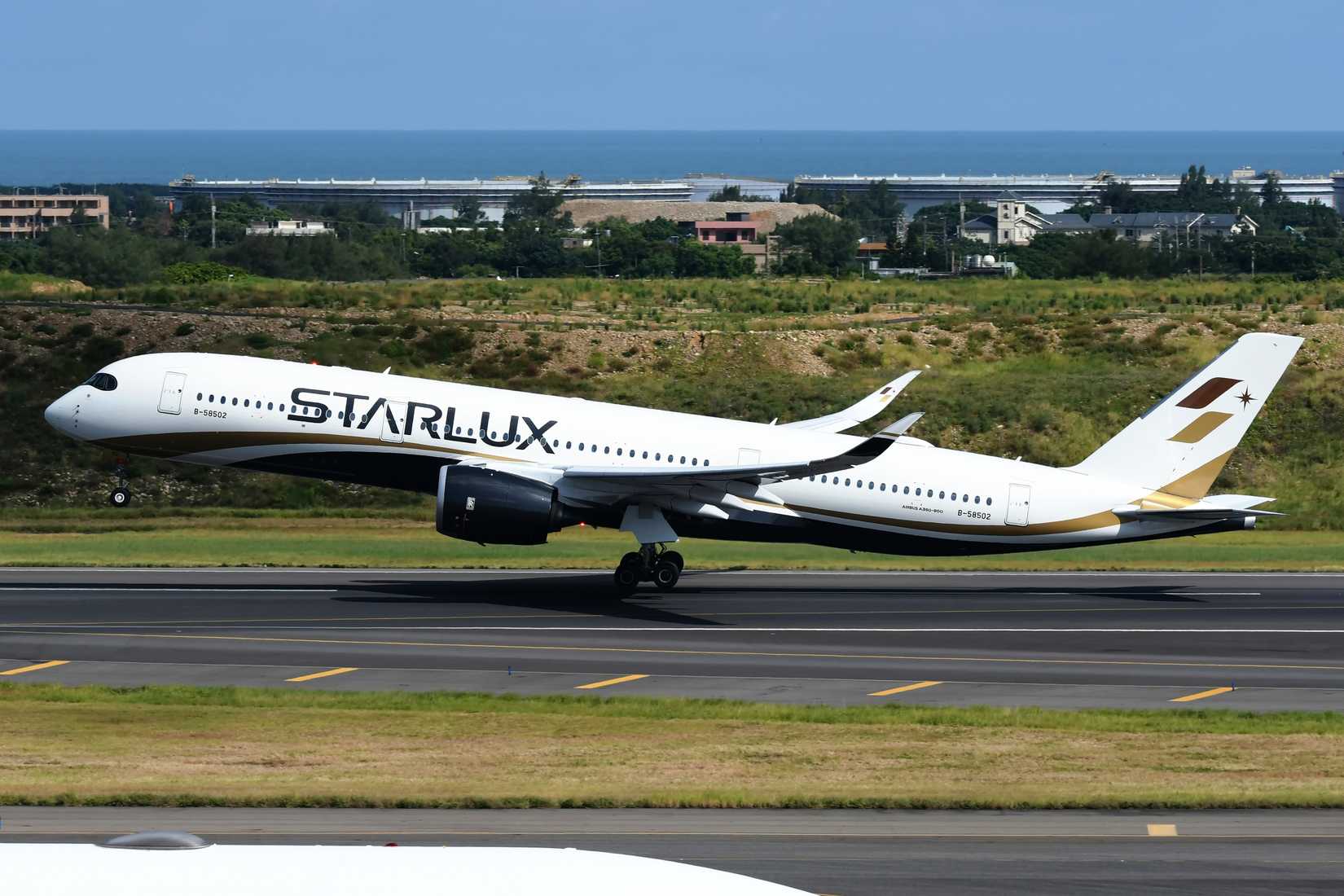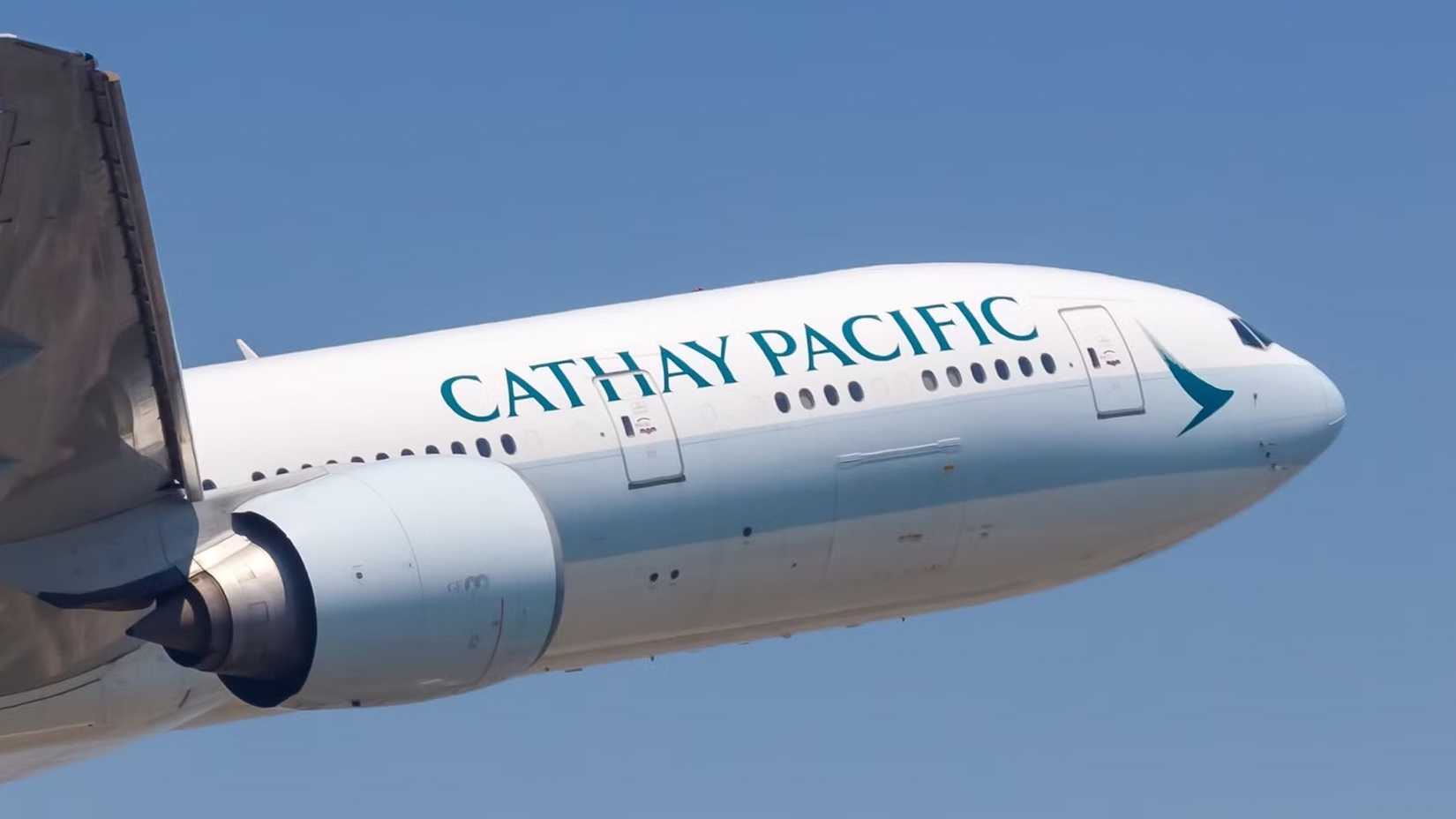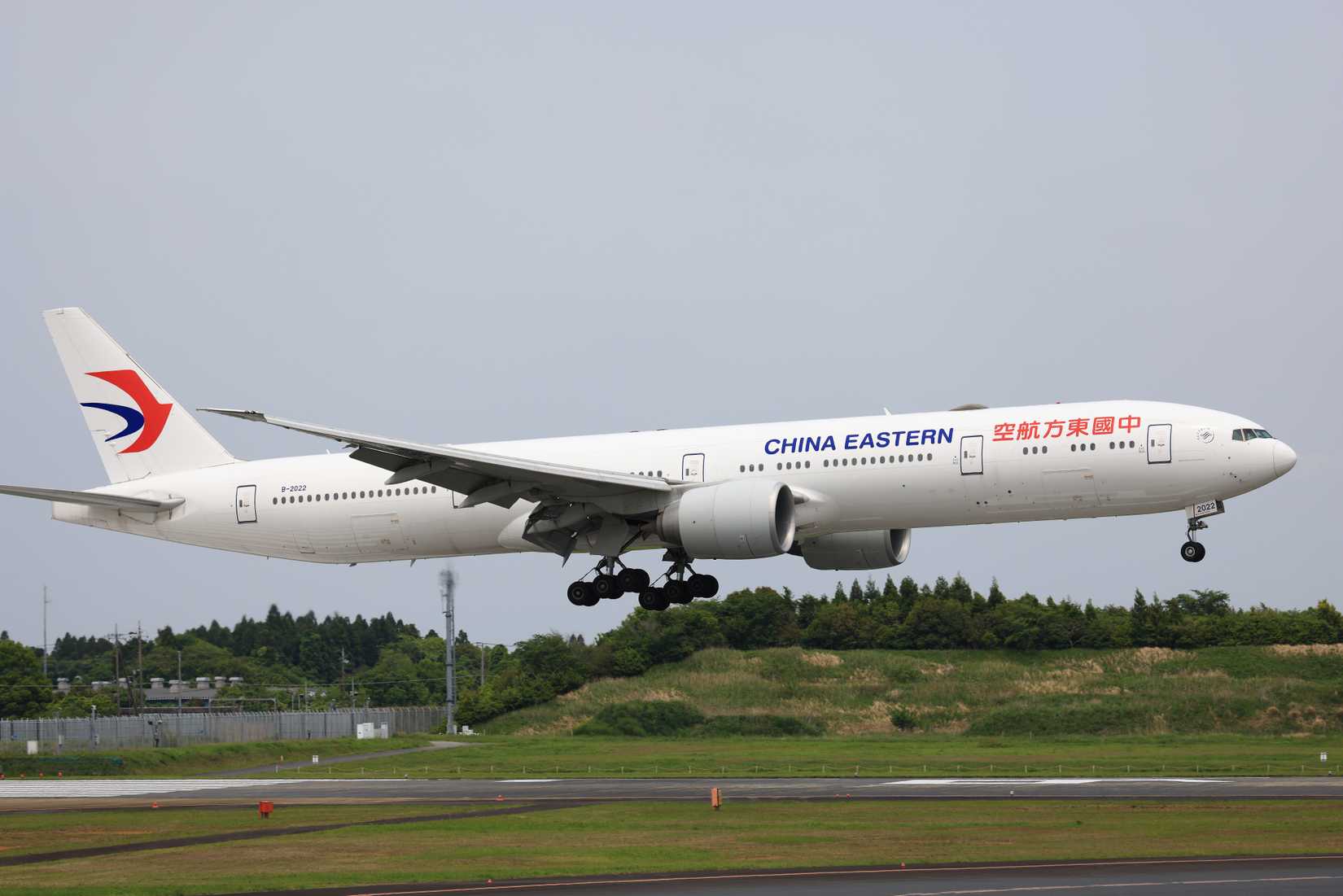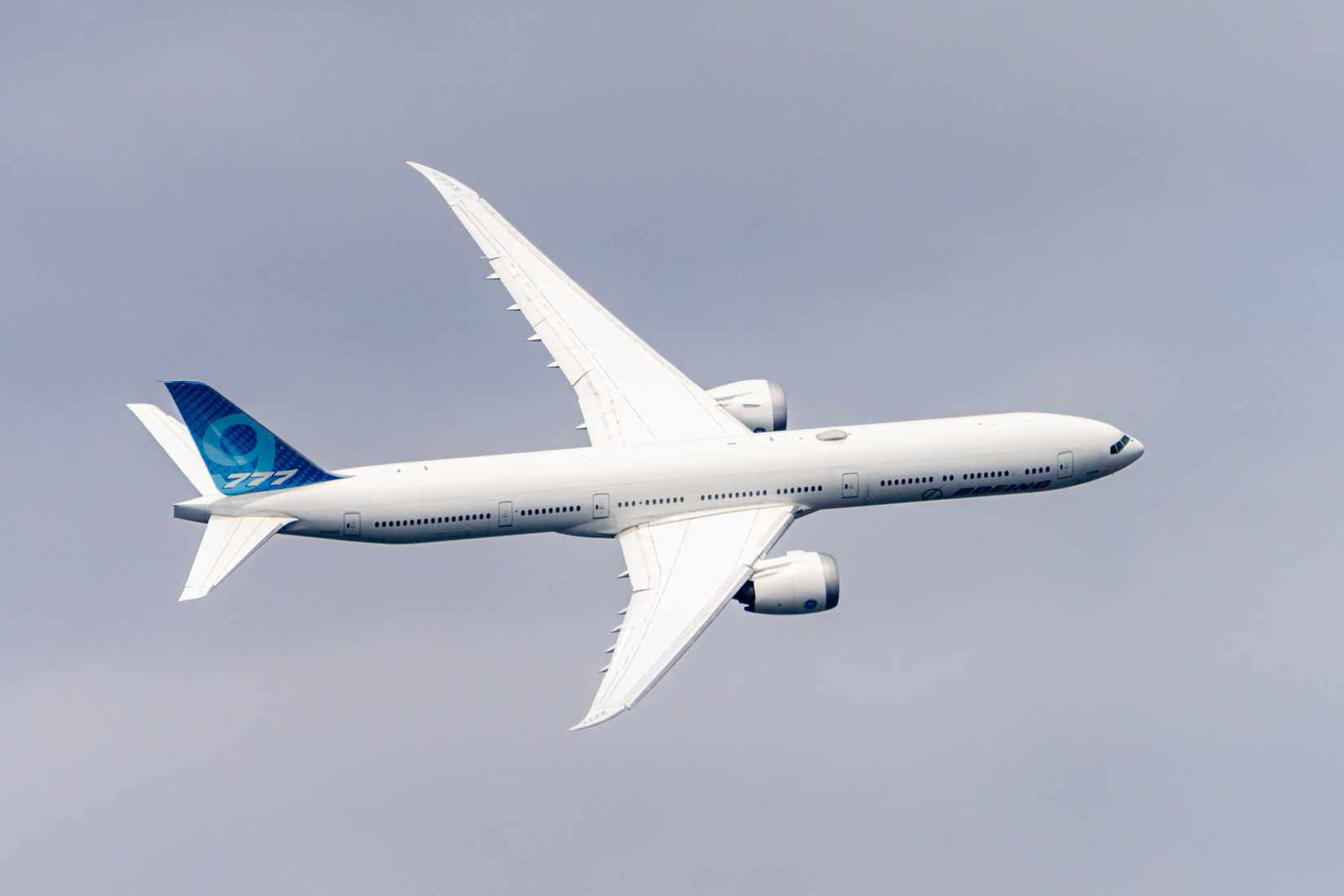The A350 is Airbus’s latest and greatest creation. While manufacturers tend to refresh their designs across multiple decades, the A350 is a clean-sheet aircraft intended to rival the Boeing 787 in terms of technological innovation. The two aircraft are both majority carbon-composite, equipped with the most advanced high-bypass turbofans in the widebody market and the most passenger-friendly cabins of any twin-aisle aircraft.
These two are known for their high ceilings, large pivot-style overhead bins, and a lower cabin altitude. Both companies also advertised that their newest planes came with larger windows, allowing passengers throughout the entire cabin to catch a glimpse of the outside world. Between the two, it’s the 787 that wins the window size battle, although the A350’s windows are larger than any Airbus before it. However, despite the advertising, the A350’s windows are smaller than those of the Boeing 777.
Comparing The A350 & 777
The Airbus A350 XWB was developed to compete directly against the Boeing 777. The A350-900 was meant to complete/replace the Boeing 777-200ER and 777-200LR, while the A350-1000 is a competitor/replacement for the Boeing 777-300ER. Airbus has failed to compete effectively against the 777 with the A340, but the clean-sheet, carbon-composite A350 threatened to usurp Boeing’s dominance in the long-range widebody market, prompting the company to develop the 777X.
The A350 is 53% carbon-composite by weight, and comes with two Rolls-Royce Trent XWB engines, which are some of the most advanced and fuel-efficient in the entire industry. Rather uniquely, the A350-1000 is not a simple fuselage stretch of the A350-900, but rather includes significant structural changes and a revised wing design for further optimization. As a result, the aircraft has even better performance, but slightly worse per-seat economics than if the plane were a simple stretch.
The Boeing 777 debuted in 1995 with the 777-200 model. ![]() Boeing added fuel capacity and upped the aircraft’s Maximum Takeoff Weight to create the 777-200ER, then stretched this model to create the 777-300. The second-generation 777 entered service in 2004 with the 777-300ER, followed by the 777-200LR and the 777F. These aircraft feature aerodynamic improvements, technological updates, a significant bump in MTOW, and an updated version of the GE90.
Boeing added fuel capacity and upped the aircraft’s Maximum Takeoff Weight to create the 777-200ER, then stretched this model to create the 777-300. The second-generation 777 entered service in 2004 with the 777-300ER, followed by the 777-200LR and the 777F. These aircraft feature aerodynamic improvements, technological updates, a significant bump in MTOW, and an updated version of the GE90.
The Window Sizes Of Today’s Airliners
Airbus advertises that the A350 has the largest windows of any Airbus-designed aircraft. They measure 9.5 inches by 13.5 inches (24.13 centimeters by 34.29 centimeters) with a distinct oval shape, in contrast to the A330/A340’s window size of nine inches by 12.3 inches (22.9 centimeters by 31.2 centimeters). They are, however, smaller than the windows found on the Airbus A220, measuring at 11 inches by 16 inches (27.94 centimeters by 40.6 centimeters).
The Boeing 787 has the largest windows of any commercial aircraft in production by far, measuring at 10.7 inches by 18.4 inches (27.2 centimeters by 46.7 centimeters). While the A350 and A220’s sport a distinctive oval design, the 787’s windows are more rectangular, with straight vertical edges and curves at the top and bottom. The windows are larger than most laptops, and the 787 also uniquely comes with a dimming function, a feature only recently added to the Airbus A350.
|
Passenger Airbus Aircraft On Sale |
Passenger Boeing Aircraft On Sale |
|---|---|
|
Airbus A220 (A220-100, A220-300) |
Boeing 737 MAX (737 MAX 7, 737 MAX 8, 737 MAX 9, 737 MAX 10) |
|
Airbus A320neo (A319neo, A320neo, A321neo) |
Boeing 777X (777-8, 777-9) |
|
Airbus A330neo (A330-800, A330-900) |
Boeing 787 Dreamliner (787-8, 787-9, 787-10) |
|
Airbus A350 XWB (A350-900, A350-1000) |
The A350’s windows, while big, are significantly smaller than either the 787 or A220. However, they are also smaller than the Boeing 777. When the type debuted in 1995, it featured passenger windows that were 10 inches by 15 inches (25.4 centimeters by 38.1 centimeters), the largest of any airliner in production at the time. This is noticeably larger than the A350 in both width and height, and Boeing advertises that the 777’s windows are 12% larger overall than the A350’s.
Why Airbus Installs Smaller Windows On Its Planes
Across the board, Airbus aircraft tend to have smaller windows than Boeing planes. The A320’s windows are smaller than those on the 737, the A330’s and A350’s are smaller than the 777, while the 787 stands as having the largest cabin windows of them all. This isn’t because Airbus cares less about passenger comfort: in fact, both companies make continuous efforts to improve the onboard experience of their planes, but this reflects a difference in design philosophy.
Windows are a necessity on any passenger airliner, but they add significant weight. Not only is the glass heavy, but the fuselage requires additional strengthening near the windows due to the added stress forces. The carbon-composite design of the A220, A350, and 787 reduces the impact of the stress forces acting around the windows, allowing manufacturers to add larger windows. Still, weight is a major concern with passenger windows.
|
Aircraft |
Percentage Carbon Composites By Weight |
|---|---|
|
Airbus A350 XWB |
53% |
|
Boeing 787 Dreamliner |
50% |
|
Airbus A220 |
46% |
|
Boeing 777X |
30% |
|
Airbus A380 |
22% |
Airbus has clearly prioritized weight savings when it comes to its windows to a greater degree than Boeing. While the slightly reduced size of the windows may only yield small savings on an individual level, these add up, especially on a large airliner like the Airbus A350 that has dozens of windows. This is also a part of Airbus’s general design and engineering philosophy that differs significantly from Boeing’s. The two both seek fuel efficiency, but make significantly different decisions to achieve it.
The Benefit Of Increasing Window Sizes
Designing and installing larger windows does almost nothing for an airline, at least on the surface. Most passengers don’t notice subtle differences in size, and if anything, it’s the placement of the windows that matters more to customers. The Boeing 737, for instance, has larger windows than the Airbus A320, yet it’s received criticism for the low placement of the windows. Some passengers notice them (particularly with the 787), but it’s not enough to drive ticket sales.
The visual appearance of an airline’s interior communicates the quality of the experience. Mood lighting, modern overhead bin designs, and larger windows not only provide real benefits for the passengers but also project an image of modernity. The larger windows of the 787 or A350, compared to predecessors, might not sell tickets on their own, but combined with the general design of the interior, can leave a positive impression on a traveler and encourage future bookings.
As for Boeing, the larger windows of its jets are a differentiating factor. Airliners are essentially commodities today, so while the larger windows don’t provide an efficiency gain, they do differentiate the 777 or Boeing 787 from their Airbus rivals. Boeing can (and does market) these windows as a benefit for passengers, which results in a more positive image for airlines. Airbus, instead, focuses more on saving weight in this aspect.
The Window Sizes Of The Boeing 777X
While it’s uncommon, it’s not unprecedented for a refresh of an existing design to use new window sizes and placements, with the CRJ700/900/1000 being perhaps the most notable example. The Boeing 777X will feature new cabin window designs that will be both higher and larger than the windows on the legacy 777. While these won’t be as large as those on the 787, the legacy 777 already has bigger windows than the A350.
While Boeing hasn’t officially provided width and height dimensions for the 777X’s windows, it has stated that the aircraft’s windows will be 162 square inches (1,045.2 square centimeters) in size. The company states the legacy 777’s window is 140 square inches (903.2 square centimeters), and the A350’s is 125 square inches (806.5 square centimeters). The 777X’s windows are advertised as being 29% larger than those on the Airbus A350.
Along with larger windows, the 777X is coming with increased cabin humidity and a lower cabin altitude compared to the 787 and A350, but, interestingly, it will retain the legacy 777’s metal cross-section. The carbon-composite design of the A350 and 787 makes these features far less difficult to incorporate from an engineering perspective. With the 777X, there will be significantly more stress forces acting on the fuselage, which makes the plane’s engineering even more impressive.
The Bottom Line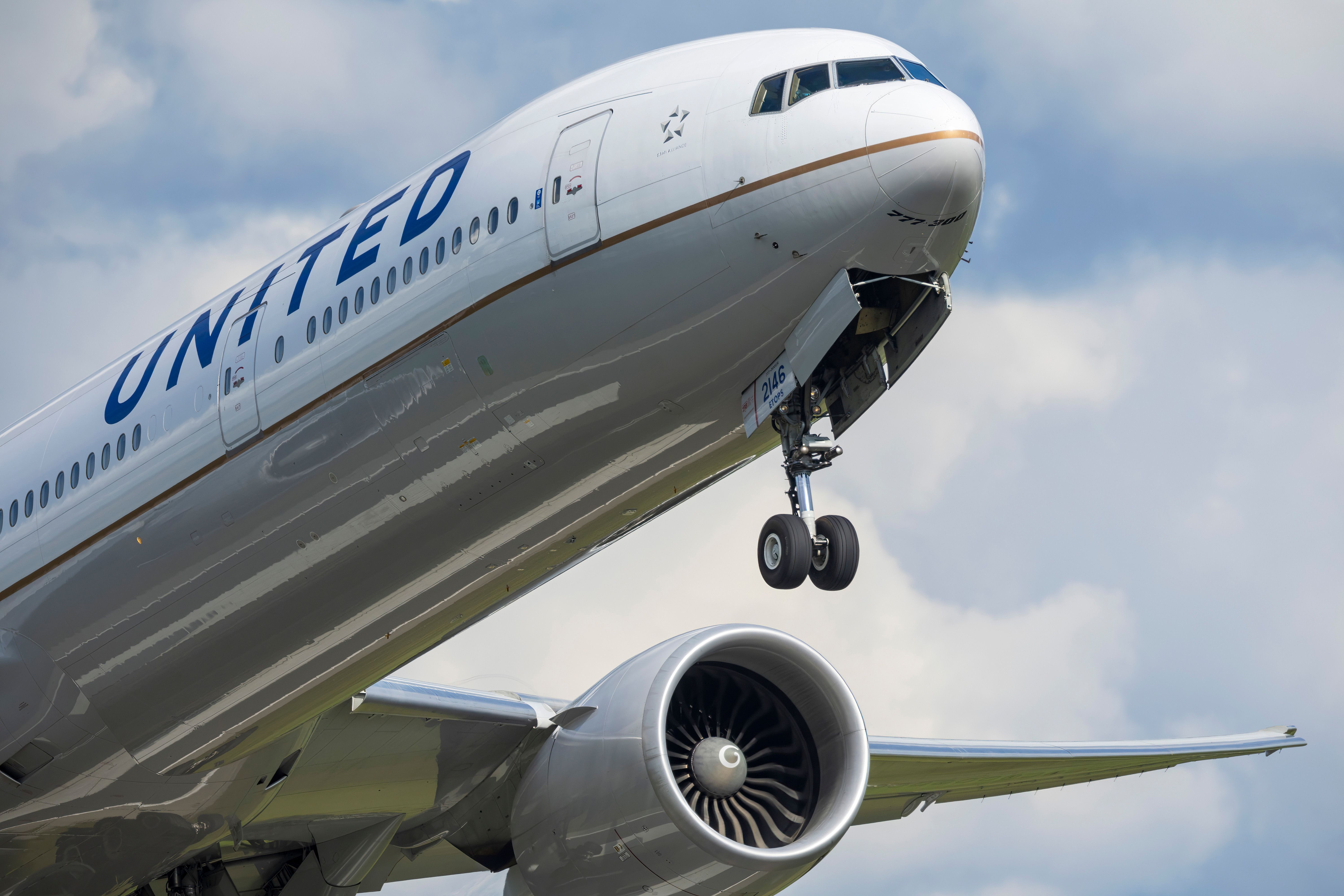
Boeing and Airbus take different approaches to aircraft design and engineering. Airbus installs winglets on all of its aircraft today, whereas Boeing uses raked wingtips on its long-range airliners. Airbus uses sidesticks in its flight decks, whereas Boeing continues to install yokes. Here, Airbus has (and always has) prioritized saving weight on window size, whereas Boeing favors the less direct, but still impactful, benefits offered by larger cabin windows.
With the 777X, Boeing is pulling out all the stops to make the interior appear as modern as the 787 or A350, including with the windows. This doesn’t make much sense from a weight/fuel efficiency standpoint, but it does help sell the refreshed jet as being competitive with the newer A350 to airlines, which in turn sells the plane to passengers. Just as weight savings from smaller windows add up, the modern perception of the 777X’s innovative cabin and larger windows adds up to improve passenger perception.



